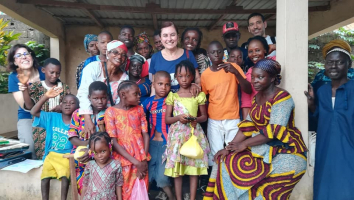Top 7 Papua New Guinea Culture, Customs, and Etiquette
When it comes to human habitation, Papua has a lengthy history. However, in the view of the modern world, it is still a relatively new nation. Because of PNG's ... read more...rough topography, many portions of the nation remain inaccessible. However, this is one of the reasons why much of the old culture here still exists, almost untouched. There are over a thousand different ethnic groups in the nation, each with their own distinct features and characteristics, providing travelers with an unending selection of cultural excursions to discover. Let's take a look at the list of Papua New Guinea culture, customs, and etiquette that Toplist offers you.
-
In Papua New Guinea, people communicate in a casual and open manner. Older and younger generations get along well, and men and women associate together openly. Couples do not overtly exhibit their love in public, however friends of the same sex may stroll hand in hand. In various Papua New Guinean communities, friends and relatives are expected to touch each other's arms and calves while conversing. Staring is not regarded disrespectful in the majority of Papua New Guinea cultures.
People will occasionally greet each other by shaking the other's hand and then holding it to their chest. This is a pleasant and courteous gesture. In chiefly cultures, commoners are supposed to bow before the chiefs. When addressing someone of importance, it is best to mention both their title and their entire name. However, using someone's first name casually is also typically acceptable.
Personal space is also relaxed, since it is normal to throng at a counter or stand in close proximity to people. Men and women who have never met should keep an arm's length apart when speaking. People in Papua New Guinea frequently grin openly and enjoy direct eye contact. Avoiding eye contact may be interpreted negatively or as sneaky. People born in Papua New Guinea tend to talk plainly about broad themes; nevertheless, they are culturally sensitive and easily embarrassed, therefore a more indirect manner is more typical when dealing with delicate problems.
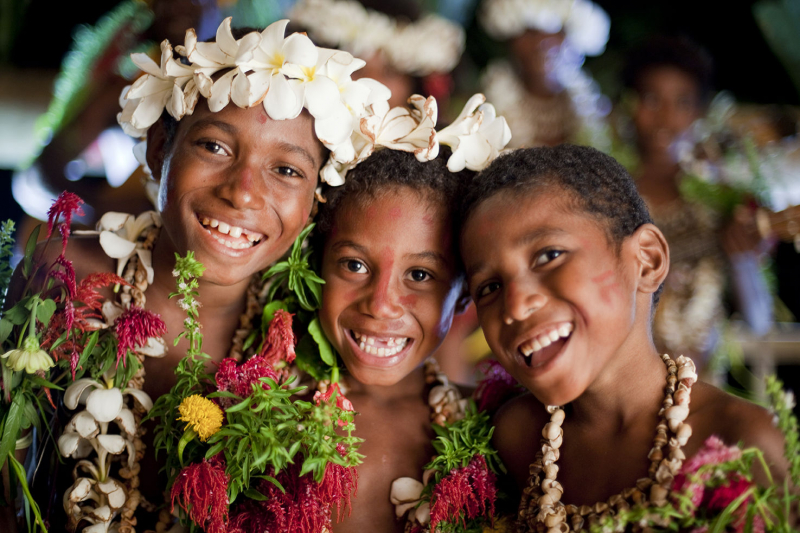
caradonna.com 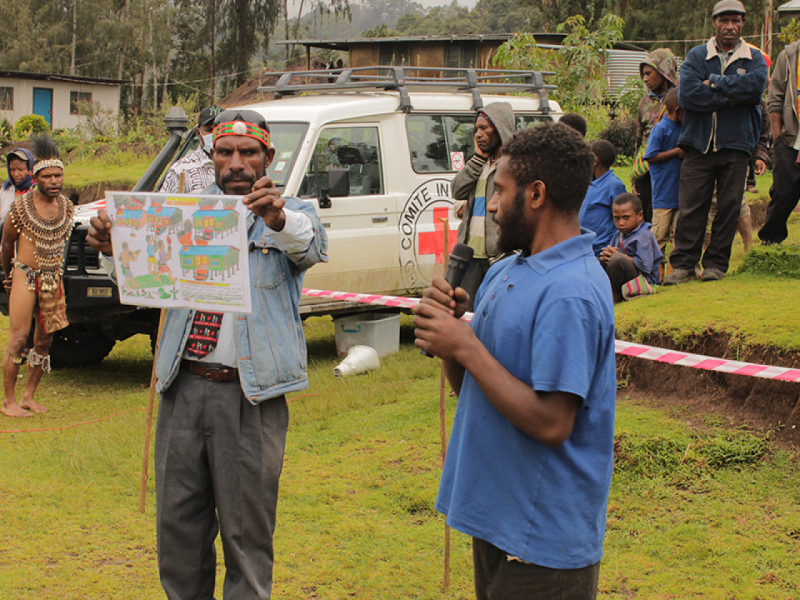
icrc.org -
The traditional outfit of Papua New Guinea is a basic apron, loincloth, or skirt worn without shoes, head coverings, or shirts. Traditional dress is strictly ceremonial for the majority of PNGeans, but as you go further away from cities, towns, and commerce, people mix and match. Many Papua New Guineans in the twenty-first century wear modern European clothing, such as shirts, slacks, boots, and mass-produced T-shirts, dresses, and skirts. They dress in Western attire, yet this is partly linked to their relative seclusion.
Aprons and skirts for rural Papua New Guineans are frequently fashioned of bark, grass, or woven plant fibers. These aprons are fastened with a belt made of vines or bark. Simple aprons made of leaves give little protection or support. Other skirts include many bundles of plant fibers in the back to make a cushion for sitting. Papua New Guineans may dress up for events and special occasions by wearing masks, body paint, wigs, and beautiful jewelry, combs, and decorations.
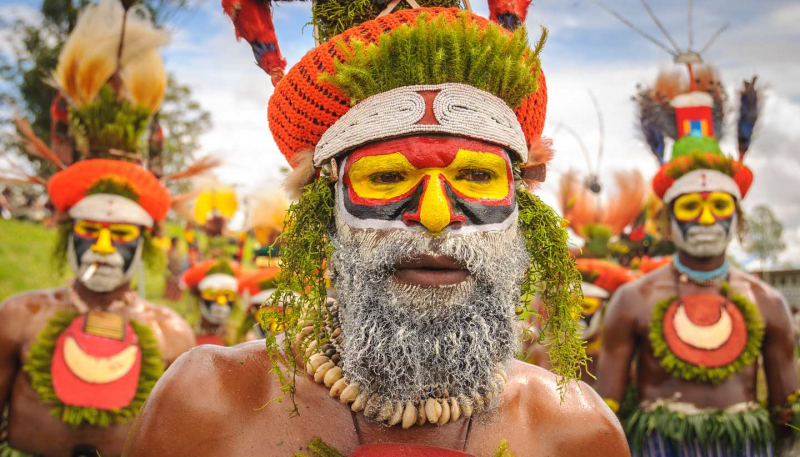
worldtravelguide.net 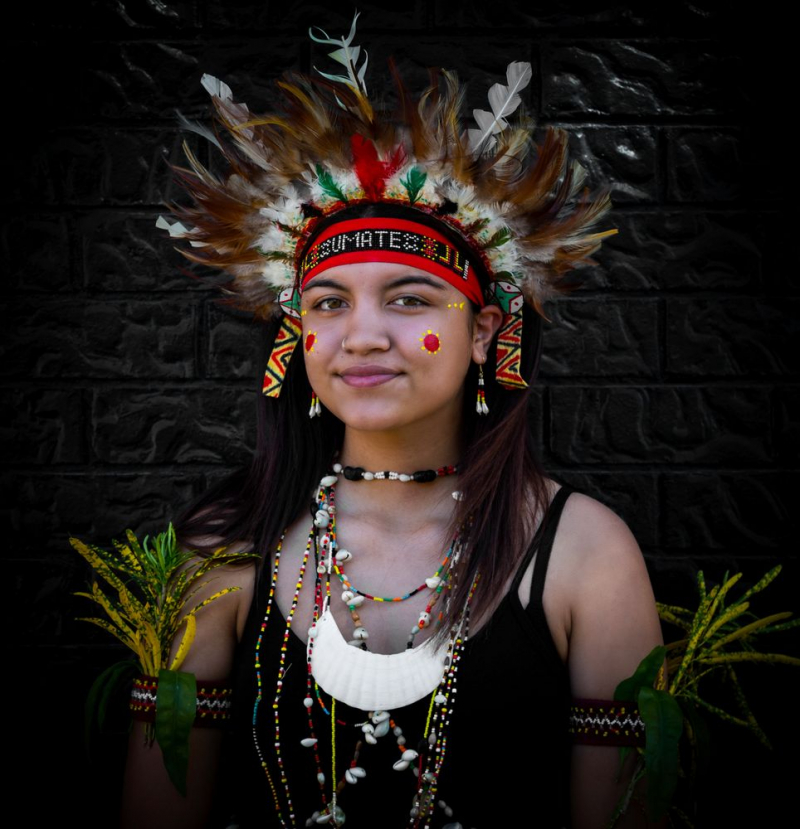
lensculture.com -
Papua New Guineans eat two major meals every day, with occasional snacks in between. Requesting more food after the main courses may be seen as the host failing to appropriately provide food for their guests. When eating, the spoon or one's hands are the most widely utilized utensil. The vast majority of individuals will eat on the floor. Tables are also often utilized in cities. Alcohol is not often consumed. Furthermore, it is severely limited in many locations. Stepping over food is considered disrespectful.
Eating etiquette differs depending on the person's status and the connections of others present. Pregnant women and those participating in initiation ceremonies, for example, face limitations. These limitations differ from one tribe to the next. Furthermore, etiquette based on relationships with persons present includes prohibiting a son-in-law from eating particular foods while in the company of his mother-in-law. Some eating habits are totemic, in which particular foods that are symbolic of kin groupings, such as specific plants or animals, are prohibited.
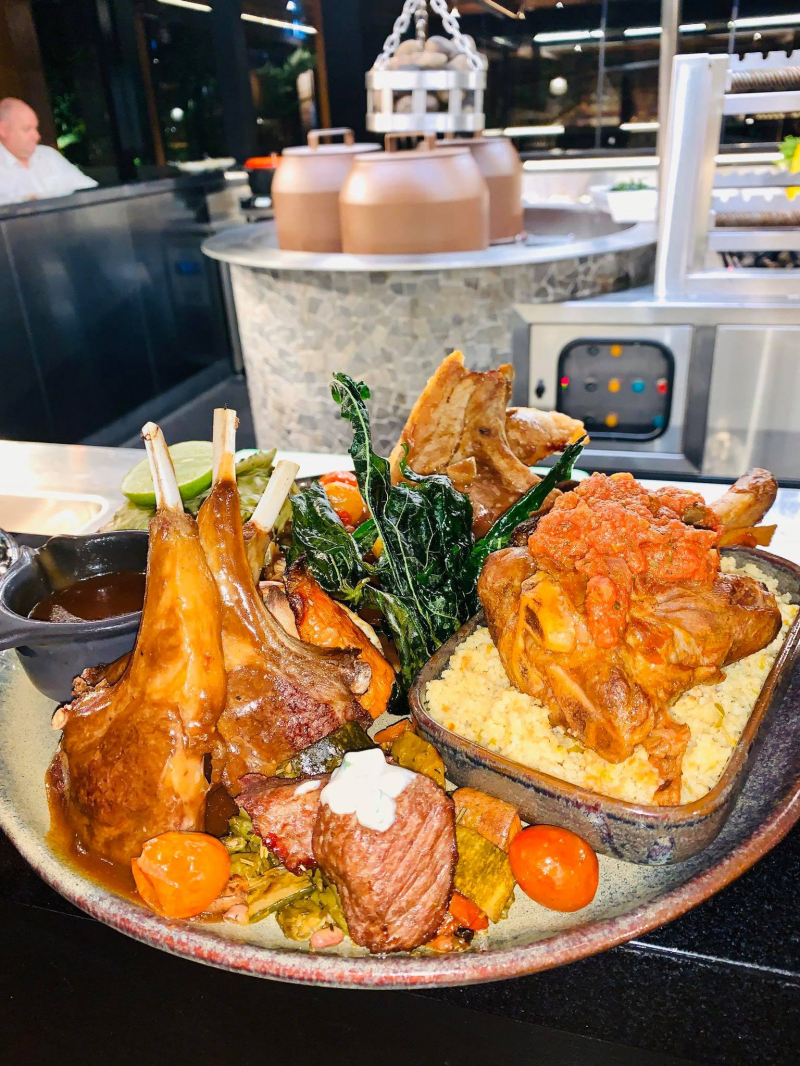
twomonkeystravelgroup.com 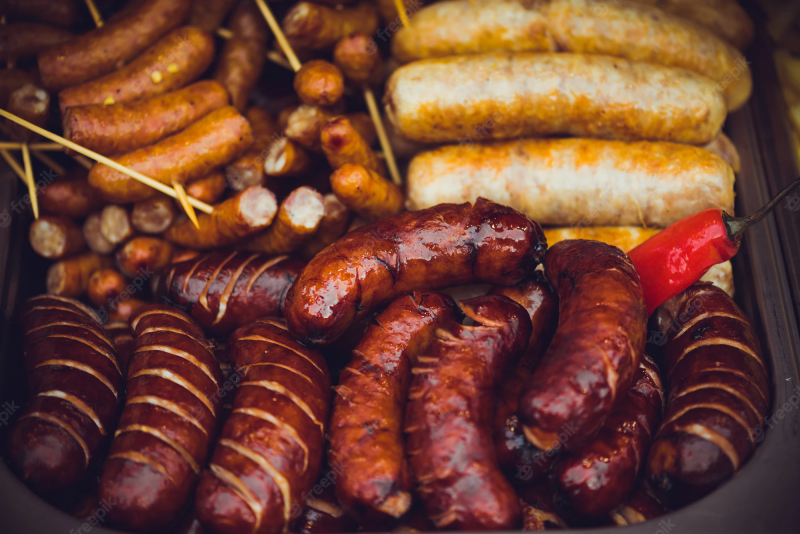
freepik.com -
Traditionally, extended families in Papua New Guinea dwell in the same house. The values of family obligation and reciprocity are vital to Papua New Guinean society, as are strong family relationships and a feeling of duty. It is customary for younger family members, particularly women, to care for older relatives.
Women have lower status than males in traditional Papua New Guinean society. Women are not allowed to confront males in public and are only considered as existing to serve men once married. Gardening, childcare, and animal care are commonly assigned to women. In both towns and villages, men who participate in what is commonly seen as "women's labour" might be labeled as "rubbish men". Women may not be stigmatized in this way, but they may face prejudice if they appear extremely strong, independent, or if they confront males in public.
As part of their commitment, many Papua New Guineans are obligated to send money and commodities to their family in the countryside. They are also expected to visit relatives and friends on a regular basis, however this gets more difficult as individuals get older.
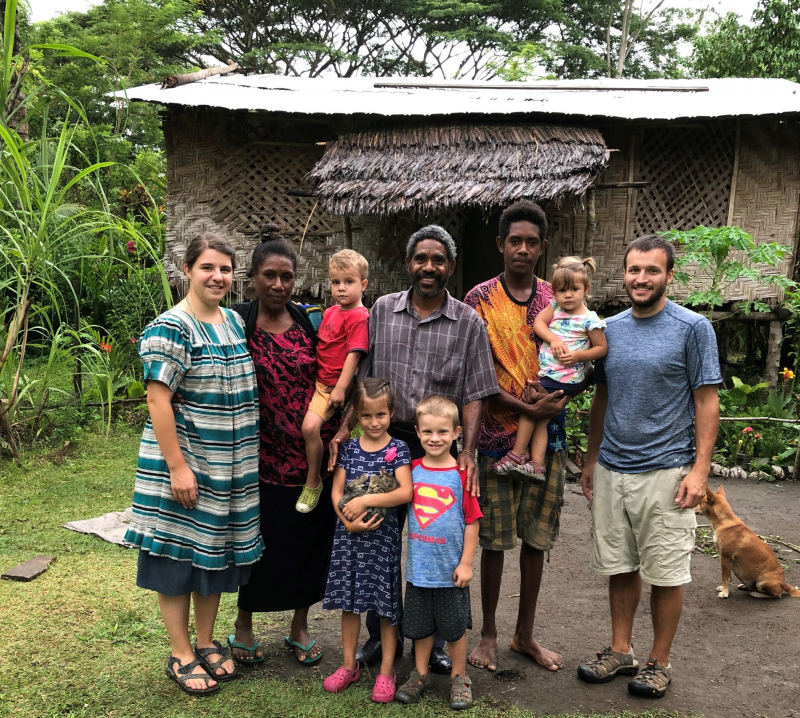
jaars.org 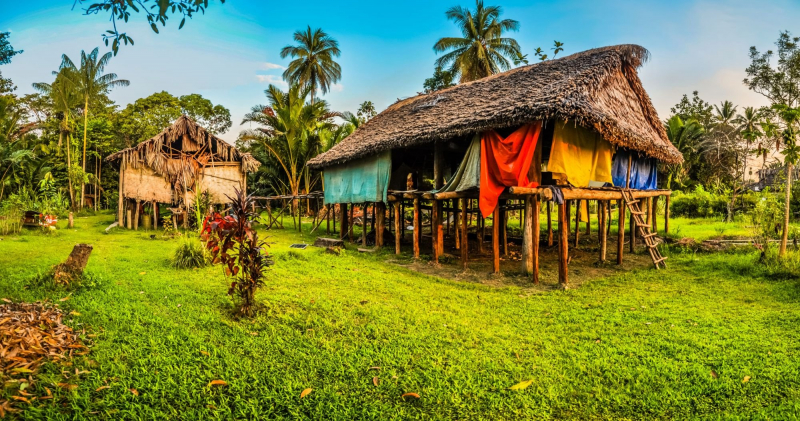
jaars.org -
People in Papua New Guinea have seldom had the autonomy to pick their marital partner in the past. Men and women would spend time with the other gender in 'supervised courting sessions' once they were initiated into adulthood. This is still done in villages, when members from different clan groupings are partnered for strategic objectives.
People have limited influence over who they marry, which might lead to incompatible pairing. However, some women have left their native village or threatened suicide in order to avoid the scheduled relationship. Because certain tribes practice polygamy, there are more unmarried males than women. Furthermore, 'large guys' tend to attract more spouses because of their esteemed social standing.
Bidding on brides is an integral part of the wedding process. The 'bride price,' as it is called, includes members from various clans bidding on and paying for a bride from a clan that is wanted as a prospective ally. Pigs, food, shells, and, more lately, money are all examples of typical prices. However, as Papua New Guinea becomes more urbanized and a cash economy is implemented, this custom gradually is changing. Marriage rites differ considerably across Papua New Guinea's diverse cultures. A wedding ceremony may last many days or weeks and include a lot of eating, all-night singing, gift and food exchange.
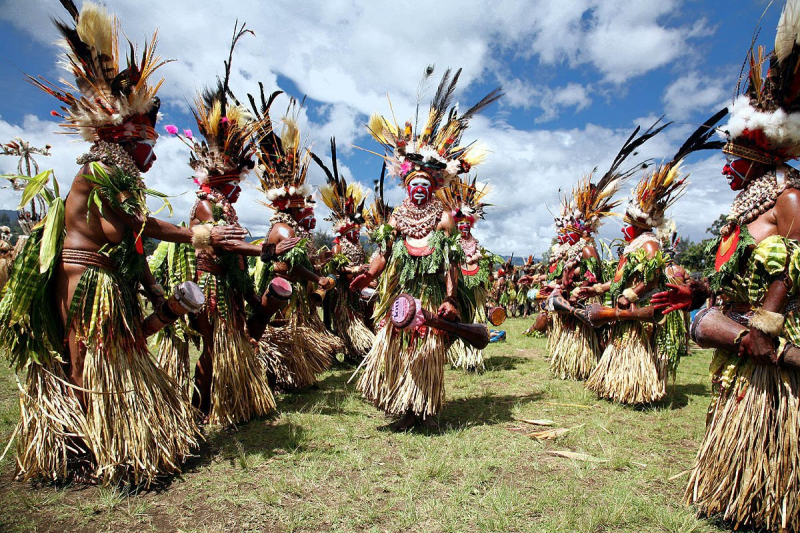
littlechapel.com 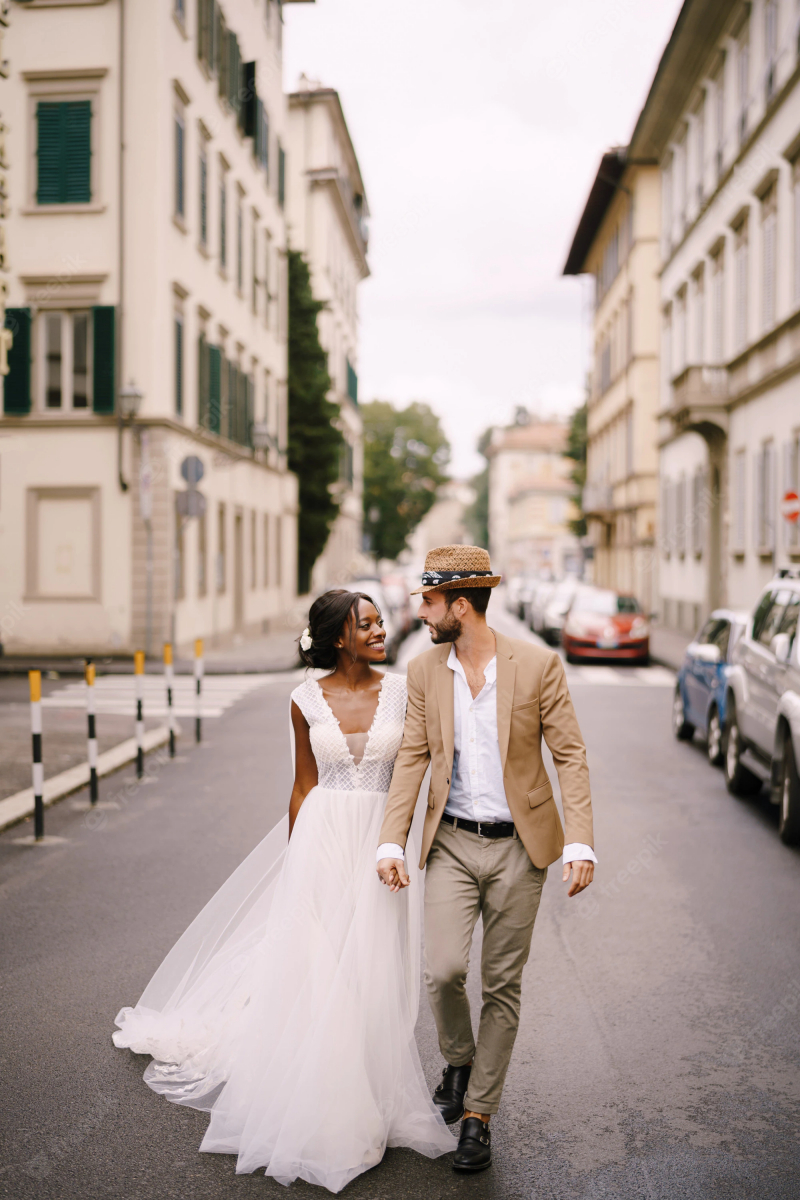
littlechapel.com -
With a population of approximately 7 million people, many Papua New Guineans identify as Christians. This frequently implies that people practice a religion that combines Western and Eastern elements, such as Christian doctrines, animistic rites, and spirit worship. The elder generation is normally more strict in their Christian habits, whilst the younger age is generally more flexible in their devotional routines while still holding the beliefs. Other religions practiced in the country are Bahfaith and Islam.
For many, knowledge of Jesus Christ as the only true savior is still missing or misunderstood. The courts, the government, and the general public maintain a fundamental right to free expression, opinion, and belief. There is no national religion, although the government publicly collaborates with various Christian organizations to offer services, and churches are represented on local government bodies.
Religious engagement in the country is mostly calm, with no instances of strife. People are encouraged to practice their religious beliefs freely and publicly; nevertheless, particular ceremonies have been subjected to intense examination by the state and various missionaries moving into the territory.

archdaily.com 
churchofjesuschristtemples.org -
There are around 750 different languages spoken in Papua New Guinea. English is taught in many schools and is primarily spoken by educated people; it is also utilized in bureaucratic procedures such as government, trade, and business. It is most often used in the Milne Bay Province.
However, as integration between the diverse cultures has increased, Pidgin English - also known as Melanesian Pidgin, 'Tok Pisin,' or Neo-Melanesian - has become the lingua franca, and is now regarded one of Papua New Guinea's official languages. It was initially established as a way for islanders from many groups to unify in order to converse more effectively with any visitors.
Although English is widely spoken in many tourist destinations in Papua New Guinea, you should also make an attempt to acquire some basic Tok Pisin. Speaking at least some very basic conversational Pidgin will be considered as courteous and excellent etiquette, and will be regarded as a show of respect by many Papua New Guineans.
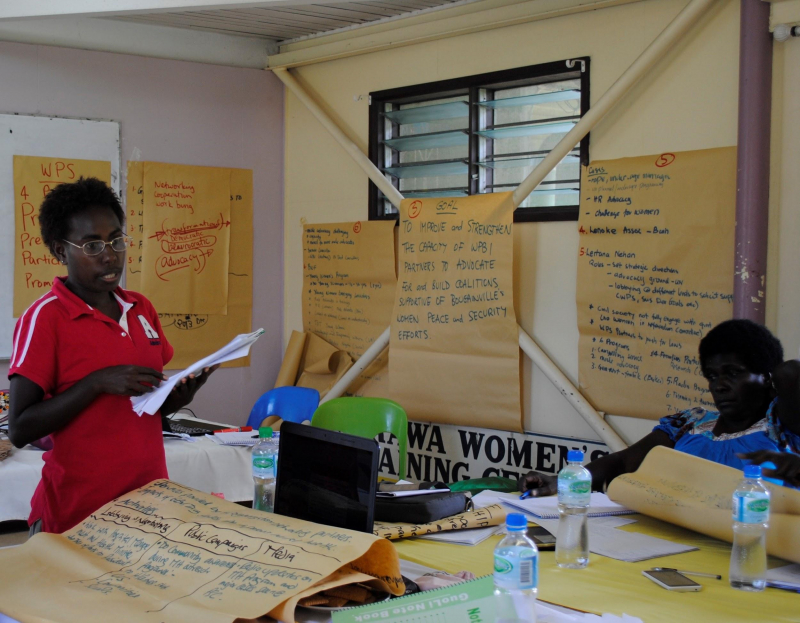
usaid.com 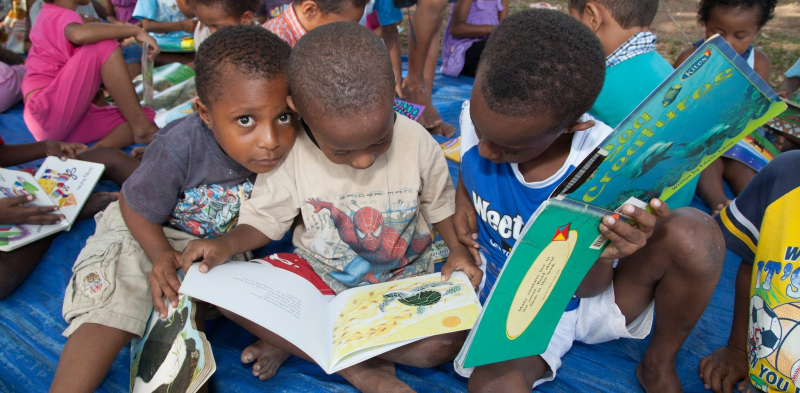
usaid.com











